Apple's Vision Pro has been stirring up the spatial computing world, and the latest M5-powered iteration aims straight at the original headset's pain points. It brings significant performance improvements, real comfort upgrades, and developer tools that could change how we think about mixed reality computing. Mixed reality that keeps up with you, not the other way around.
The timing lands alongside updates to Apple's developer infrastructure. Apple's Developer site now lists an updated strap available for order on October 22, a nudge toward better hardware support for graphics-heavy workflows. This developer-focused accessory may upgrade from USB 2.0 to faster USB 3.2 Gen 2 or Thunderbolt connectivity, which could cut transfer delays and smooth out data handling during complex builds.
The M5 chip transforms Vision Pro performance
Here is where things jump. The M5 processor represents a fundamental leap forward for spatial computing. Built using advanced third-generation 3-nanometer technology, the M5 features a 10-core CPU that delivers enhanced multithreaded performance, according to Apple Newsroom. The graphics side gets an even bigger lift, a 10-core GPU with hardware-accelerated ray tracing and mesh shading.
You feel it as soon as you move through a complex scene. The M5 delivers graphics performance that is up to 30% faster compared to the M4 chip, so lighting, reflections, and dense environments stay smooth. Apple integrates neural accelerators directly into each GPU core, so AI-driven spatial features run right where the work is happening.
The 16-core Neural Engine pushes AI further, up to 50% faster for system experiences and up to 2x faster for third-party apps. That headroom makes machine learning features practical in ways they were not on the M2 architecture.
PRO TIP: The M5's AI headroom invites third-party developers to try ML ideas that felt impractical on the M2 platform. Expect inventive spatial computing apps across creative workflows, data visualization, and collaborative environments.
Display and visual improvements reach new heights
The M5's extra horsepower drives visible gains. Vision Pro can render 10% more pixels on its custom micro-OLED displays compared to the previous generation, which means crisper text and finer detail across productivity apps, entertainment, and spatial content.
Refresh rate climbs from 100Hz to 120Hz. Less motion blur, smoother tracking, and a cleaner feel, especially for Mac Virtual Display users who care about fluid cursor movement and sharp text over long sessions.
The upgraded CPU architecture also speeds up everyday use. Apps and widgets load faster, web browsing feels snappier, and the interface responds without that half-beat of hesitation.
Comfort gets a major upgrade with the Dual Knit Band
Let’s be honest, comfort was one of the biggest complaints about the original Vision Pro. Apple tackled it with the Dual Knit Band, developed in response to user feedback (Virtual Reality News). The new strap uses upper and lower sections that are 3D-knitted as one piece, a dual-rib structure that adds cushioning, breathability, and stretch.
The lower strap hides flexible fabric ribs with tungsten inserts that act as a counterweight, improving comfort, balance, and stability. Tungsten's density, more than twice that of the stainless steel used in the Solo Knit Band, makes the counterweight more effective with less mass, even though the Dual Loop Band weighs 150 grams more than the Solo Knit Band.
Instead of chasing an absolute weight drop, Apple focused on where the weight sits on your head and neck. The dual-function Fit Dial allows quick, precise adjustments for different head shapes and use cases, helping users find a balance point that avoids pressure spots and fatigue. Add weight in the right place and the whole thing can feel lighter. Counterintuitive, yet it works.
Battery life improvements support longer work sessions
Even with more compute and higher display demands, the M5 architecture stretches battery life. Apple says the new Vision Pro provides up to 2.5 hours of general use, a 30-minute increase over the original model's 2-hour rating. Video playback extends to up to 3 hours, up from 2.5 hours.
Those numbers land in a tougher context, more pixels, higher refresh rates, and greater compute, yet longer run time. Efficiency here is about sustained performance, not brief power spikes, which matters for creative work, long meetings, or data-heavy analysis. For many people, that extra half hour closes a task before a recharge is needed. The 3-nanometer manufacturing process allows more transistors in the same space while consuming less power per operation, which explains the efficiency jump.
What this means for spatial computing's future
The M5 Vision Pro is more than a fresh coat of paint, it establishes spatial computing as a serious option for productivity. The device keeps its $3,499 starting price while improving performance, comfort, and efficiency in ways you notice day one.
Apple also handled backward compatibility with care. The Dual Knit Band will be available as a separate $99 accessory, compatible with first-generation Vision Pro units, so early adopters get an immediate comfort boost without replacing their headset.
Pre-orders are now live in multiple international markets, with general availability beginning Wednesday, October 22. The refresh strengthens the foundation for a growing spatial computing app ecosystem, and the expanded AI throughput opens the door to machine learning features that were not practical on the M2 architecture.
Bottom line: the performance gains and comfort tweaks could finally make extended Vision Pro sessions workable for architectural visualization, medical imaging analysis, complex data modeling, and collaborative design. The M5 Vision Pro is not just an incremental update, it is positioning spatial computing as a legitimate alternative to traditional desktop workflows in the specific cases where three-dimensional interaction delivers real productivity advantages.




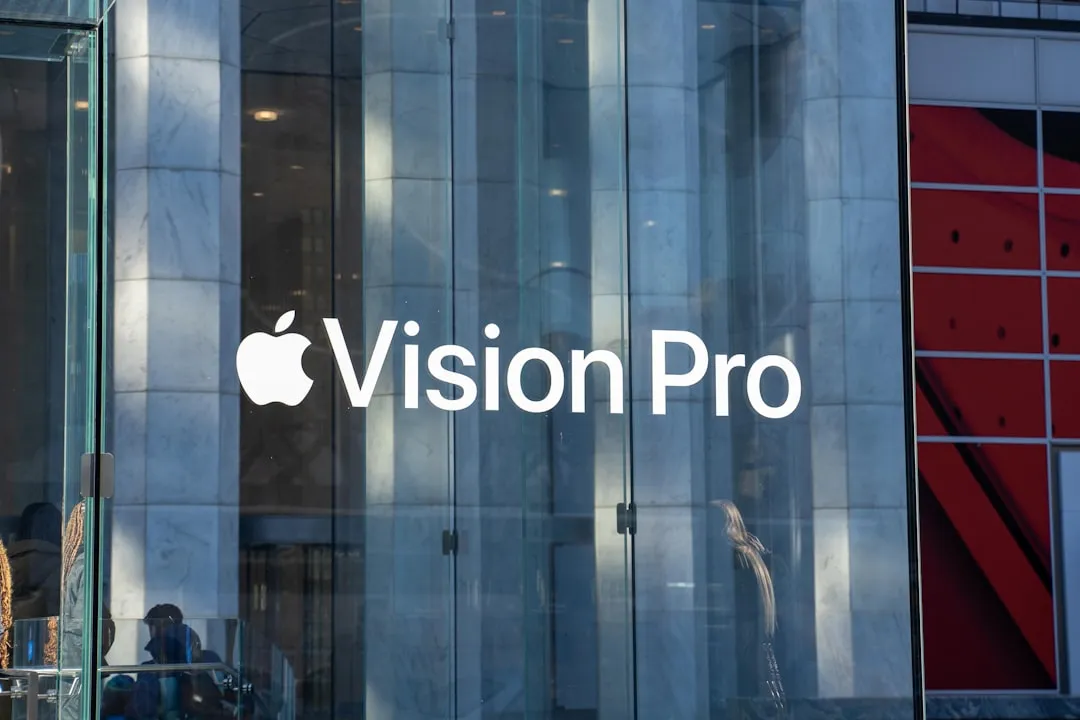
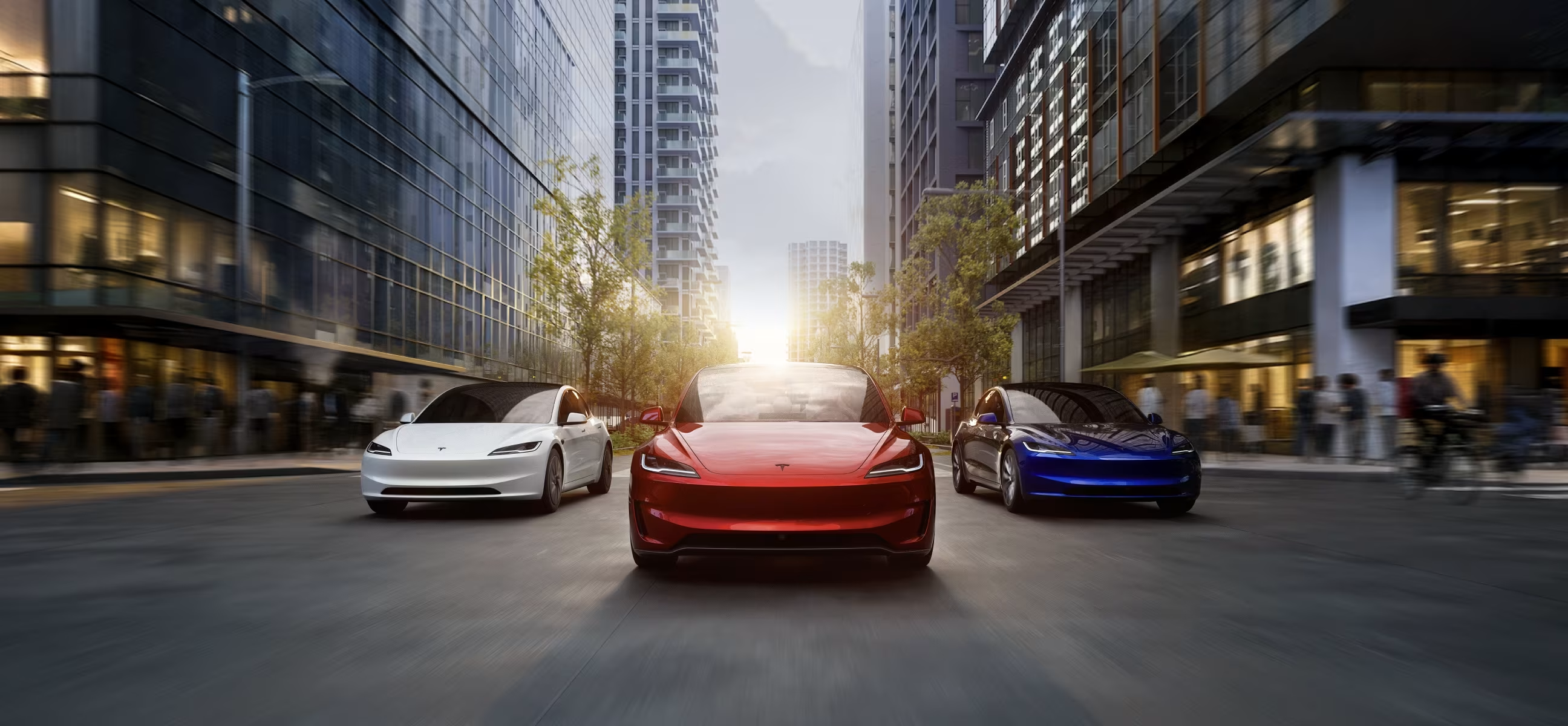
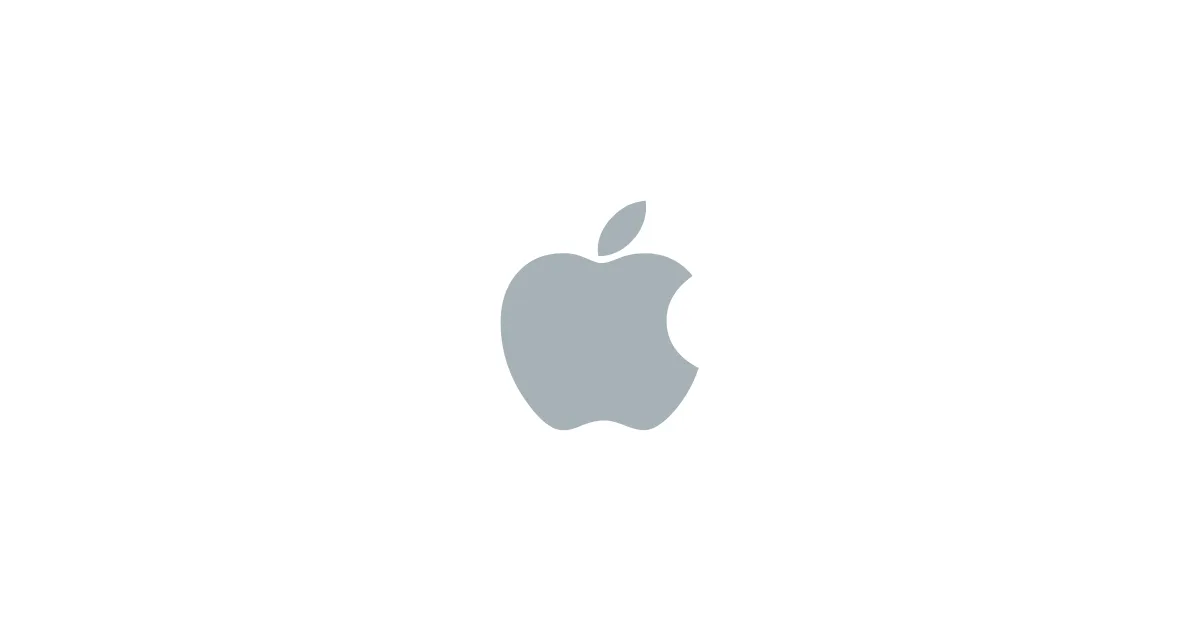
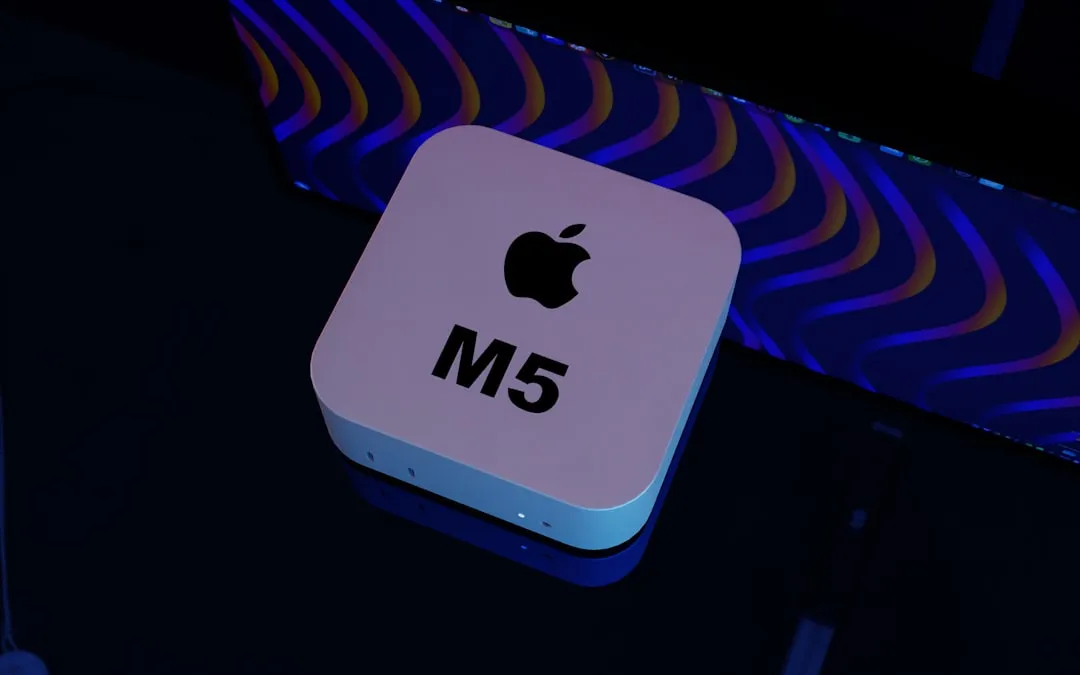
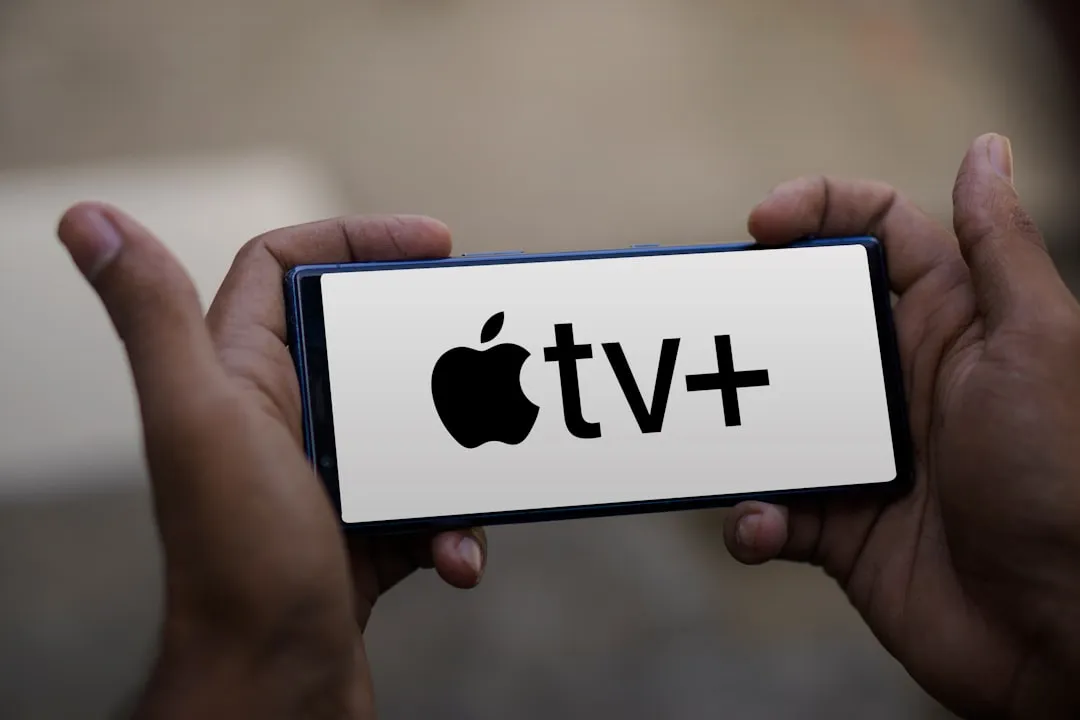
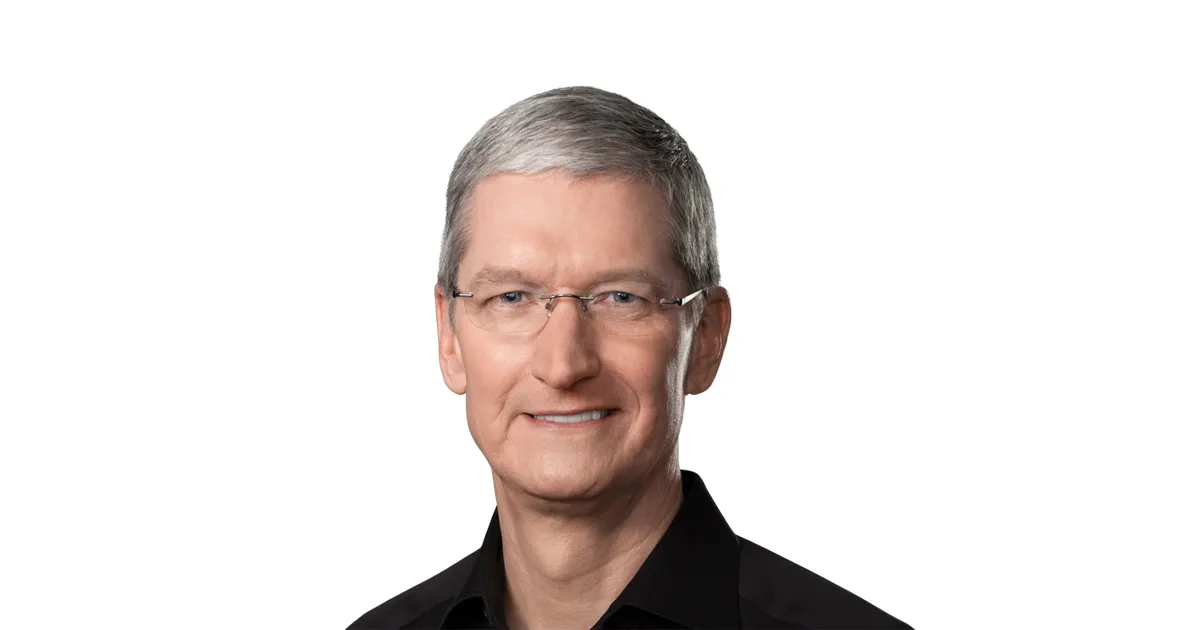
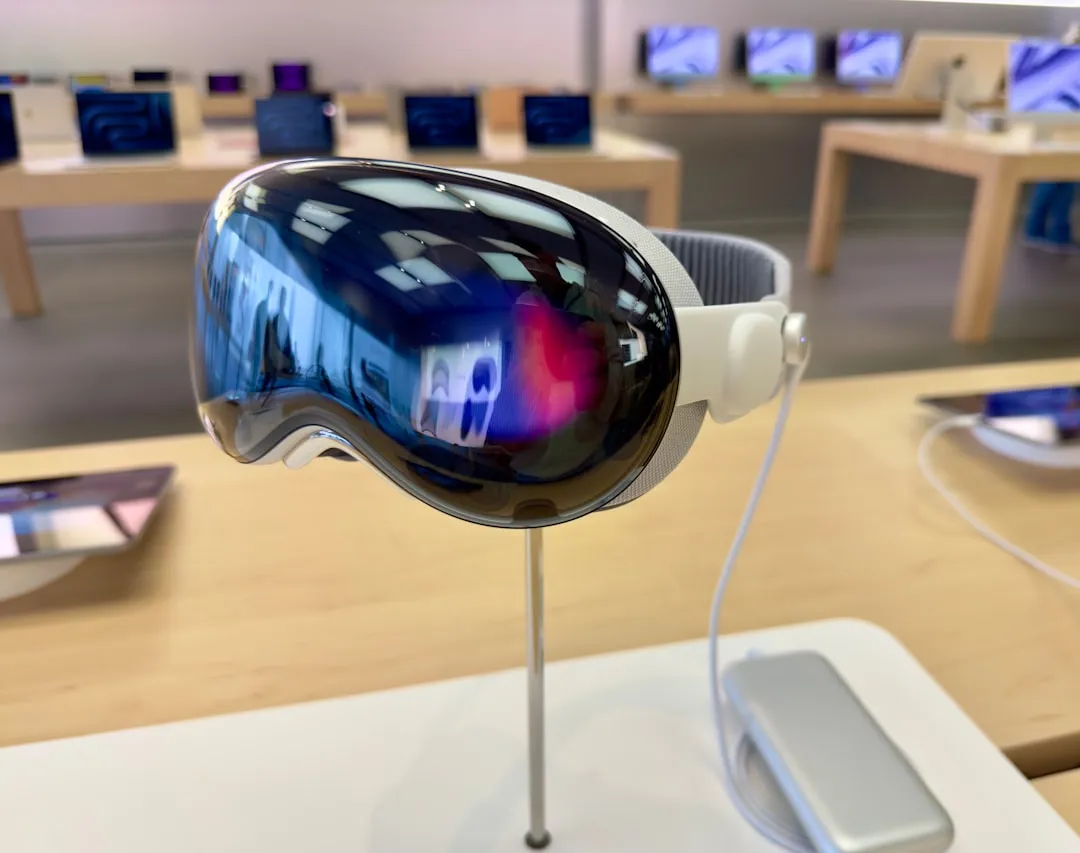
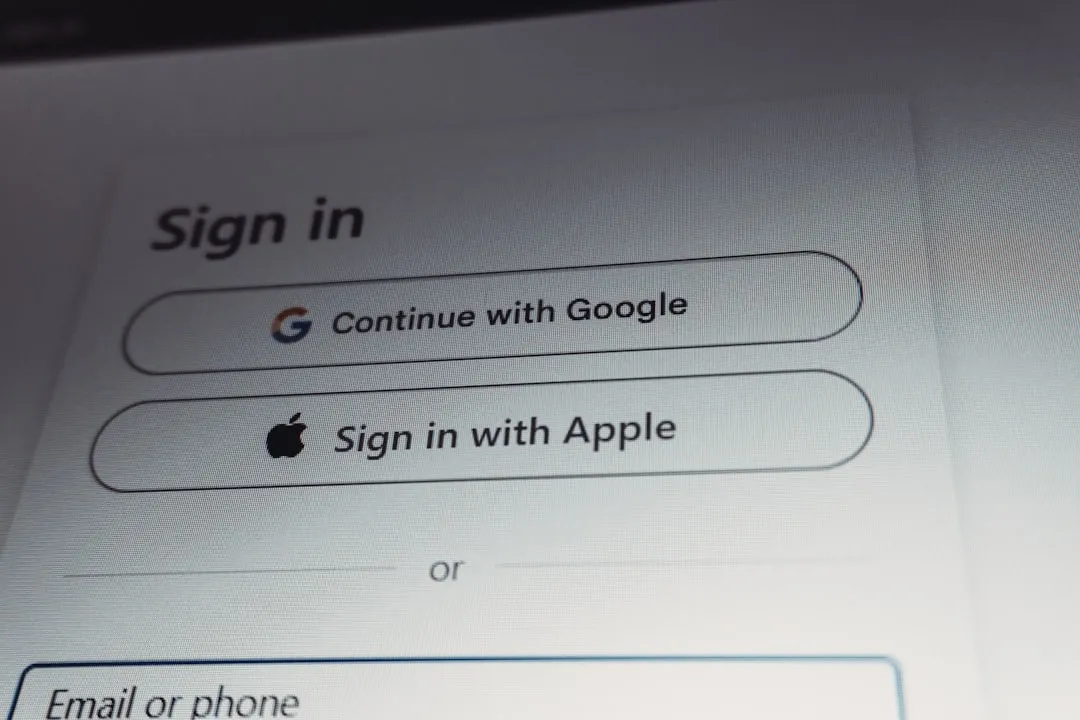
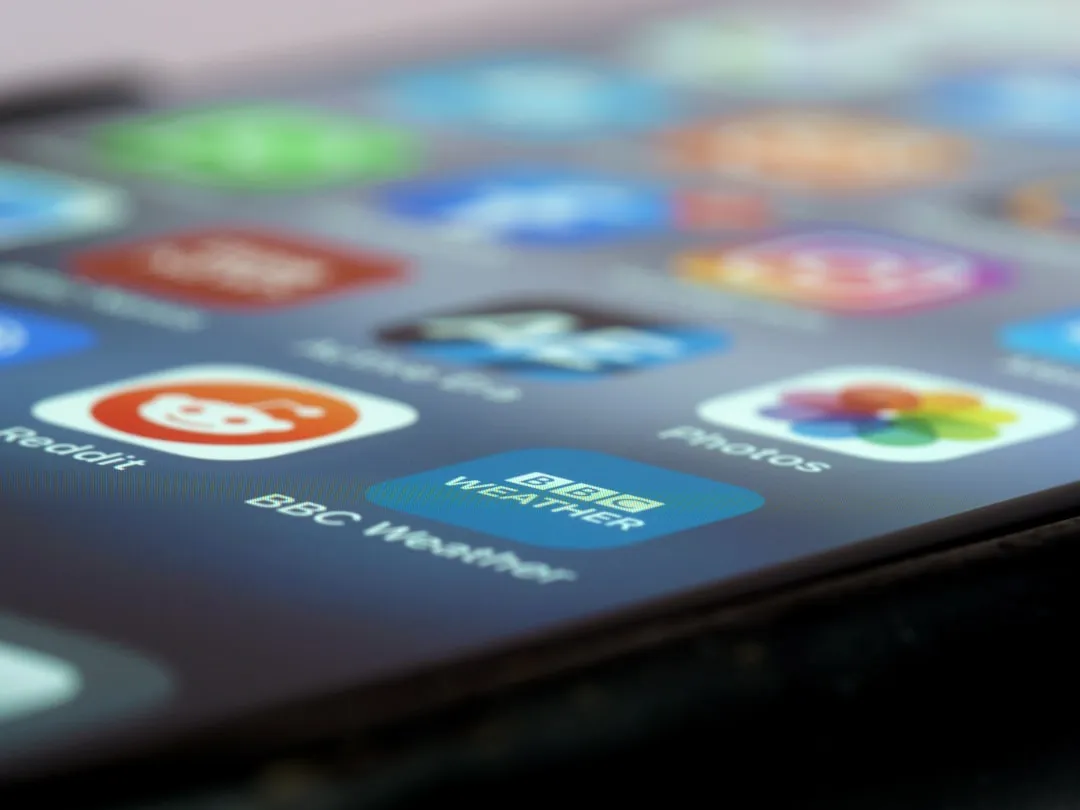
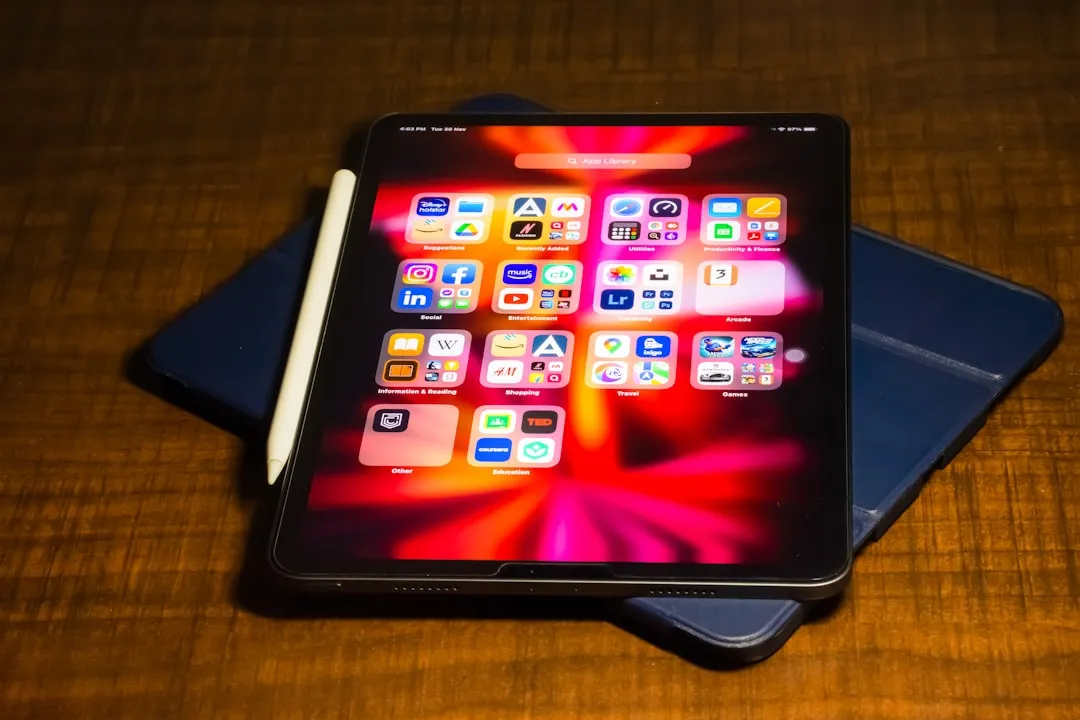
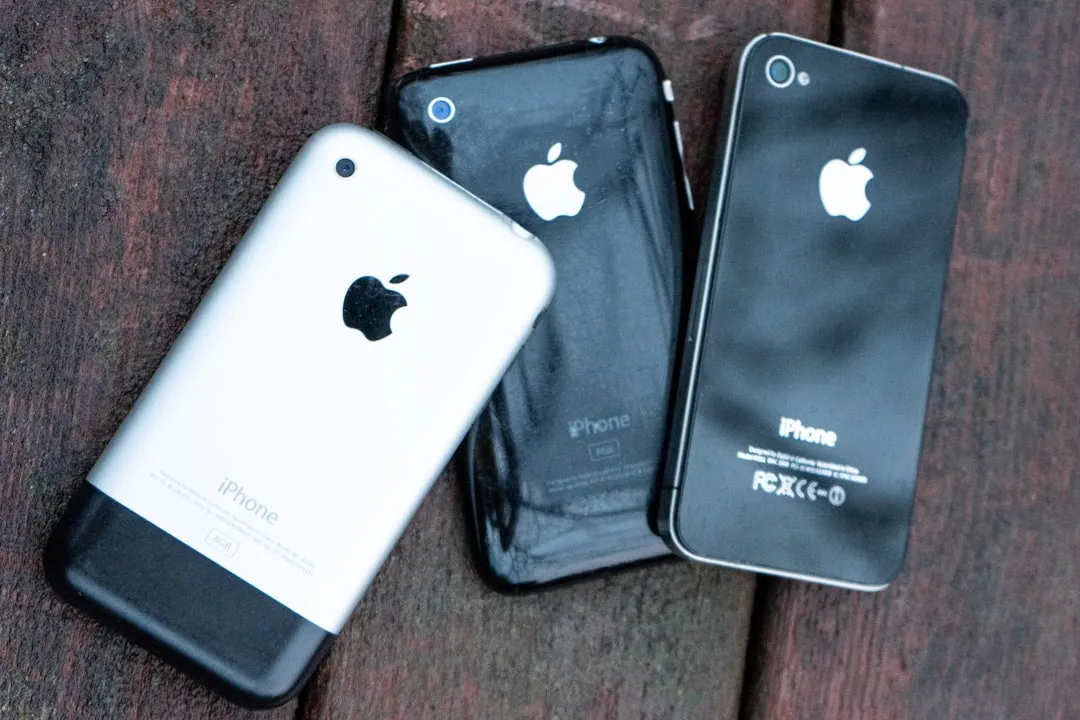
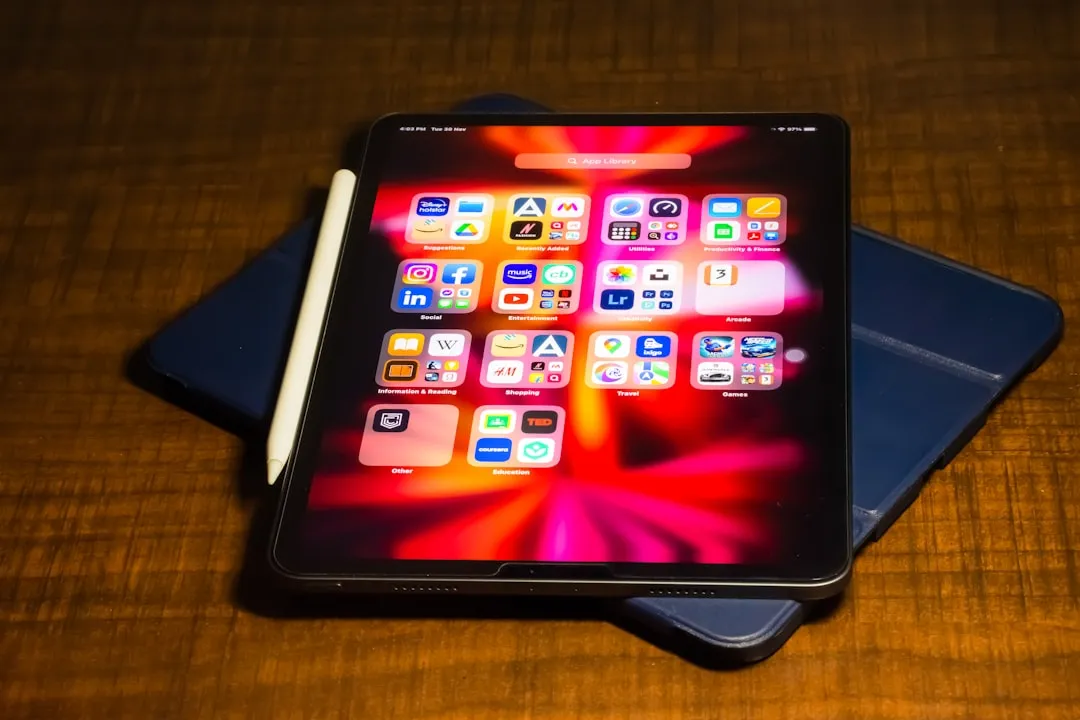

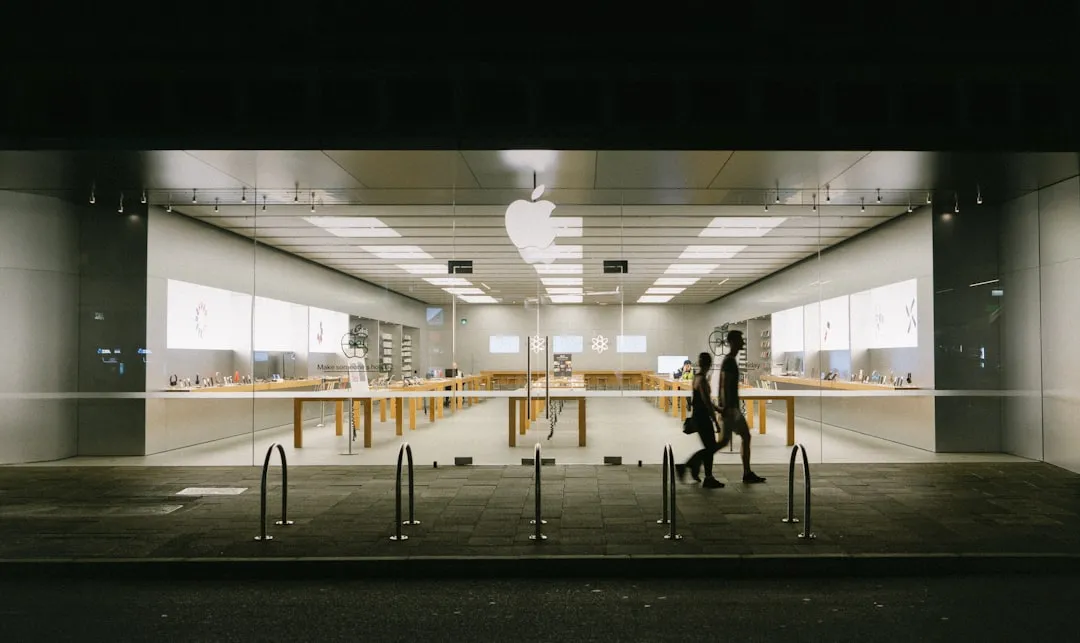
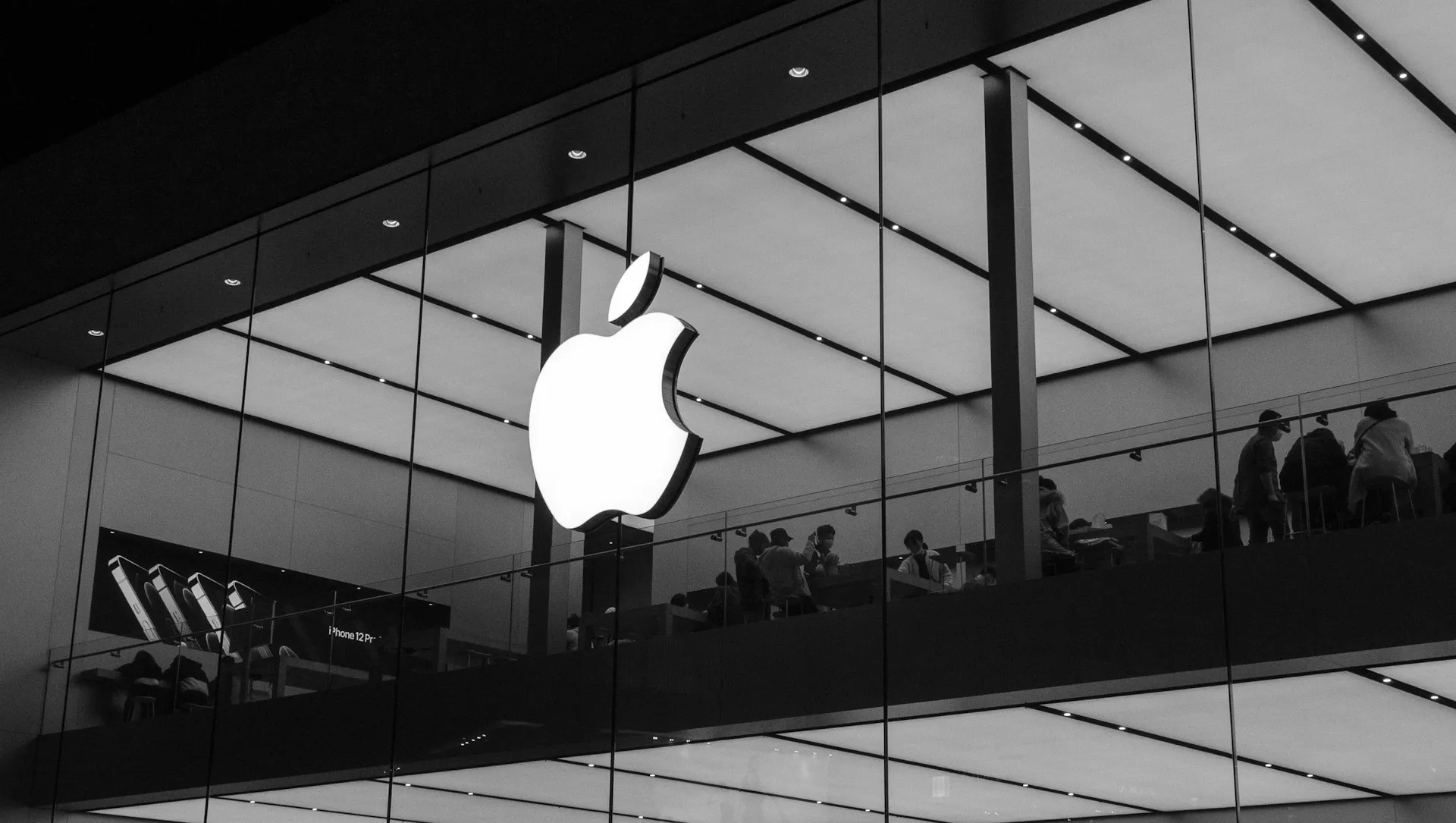
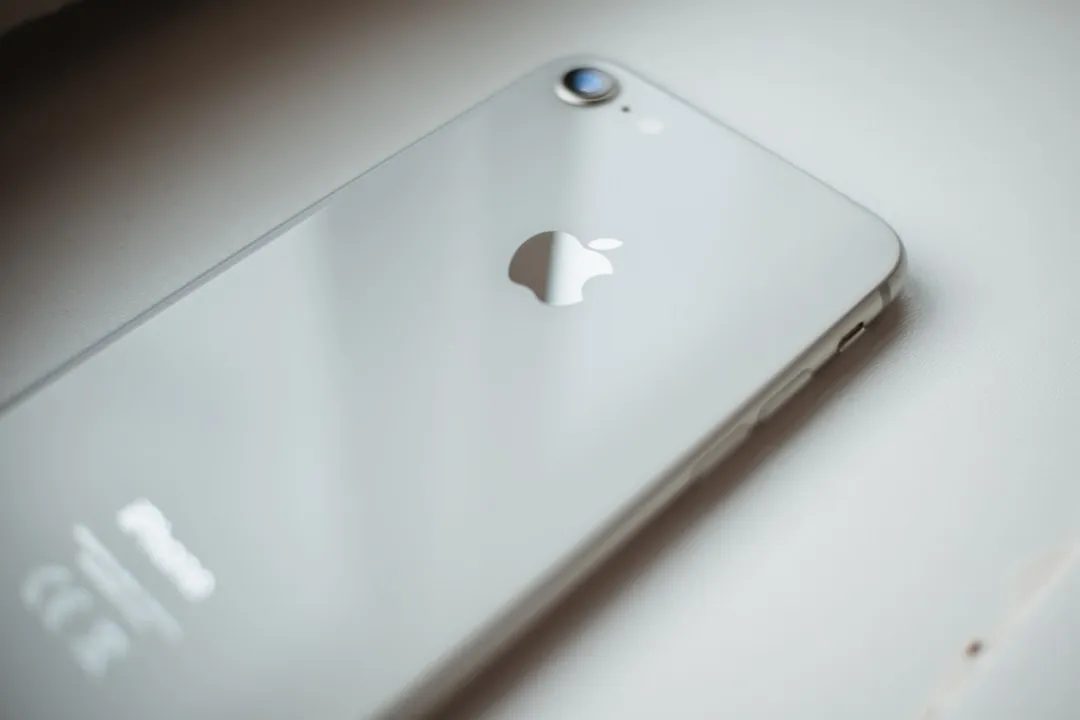
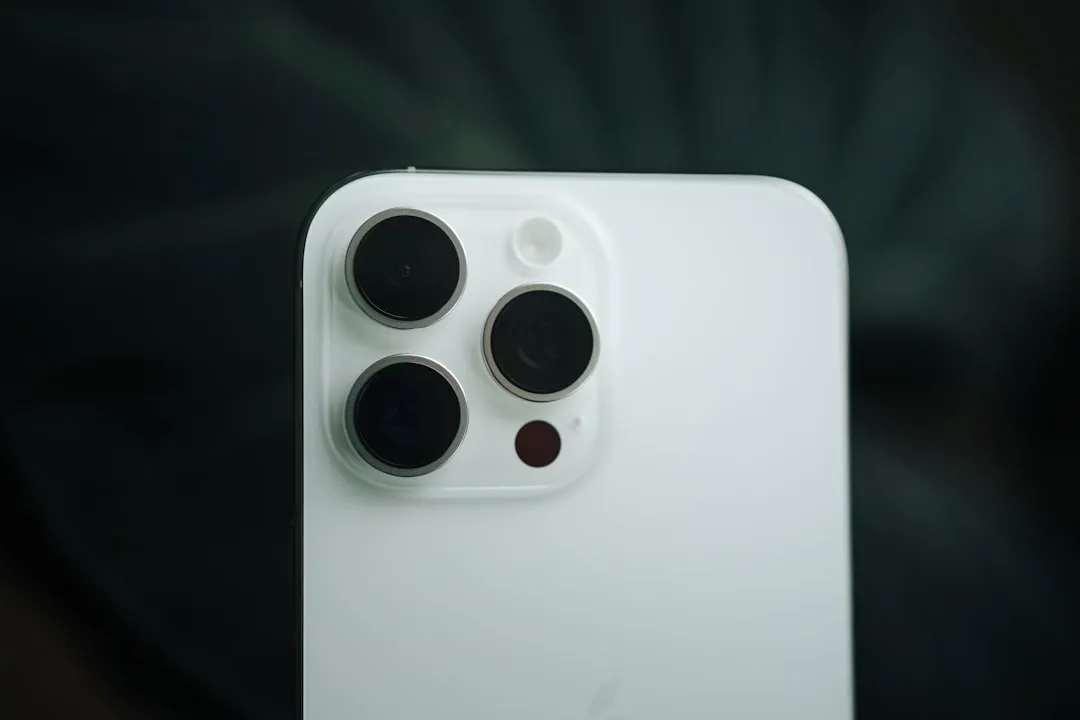
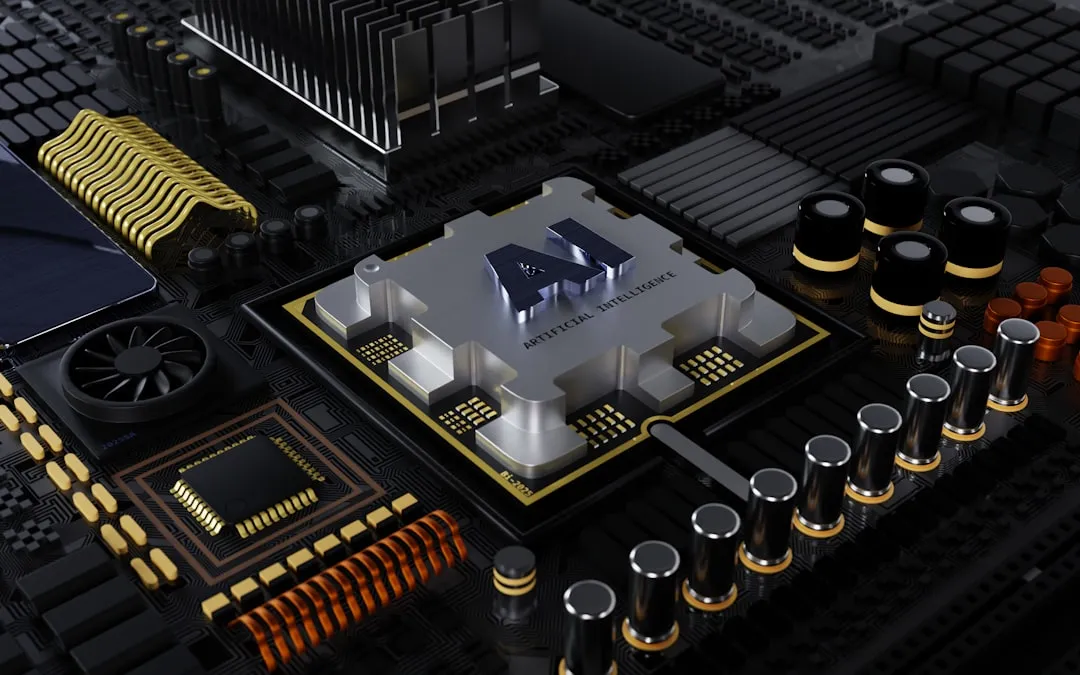
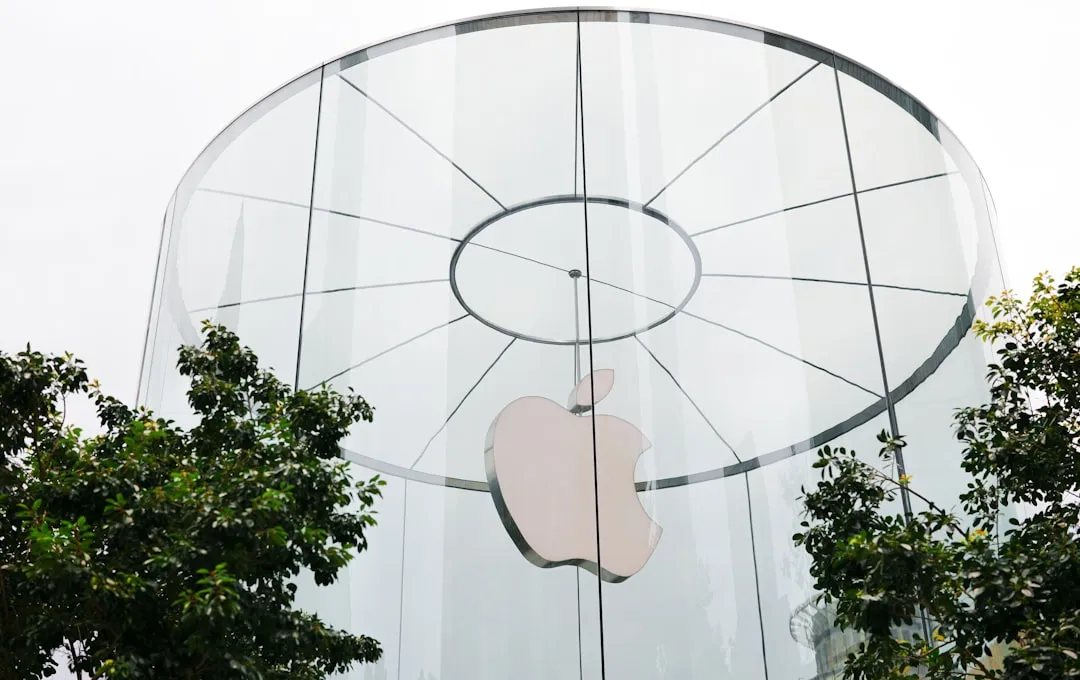

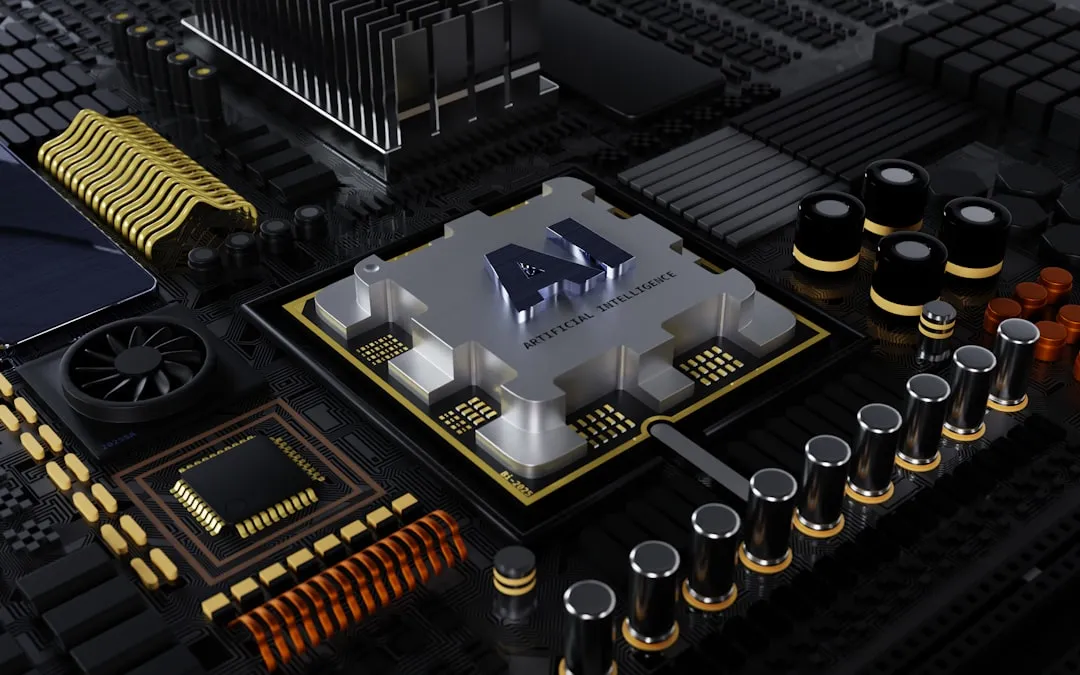
Comments
Be the first, drop a comment!